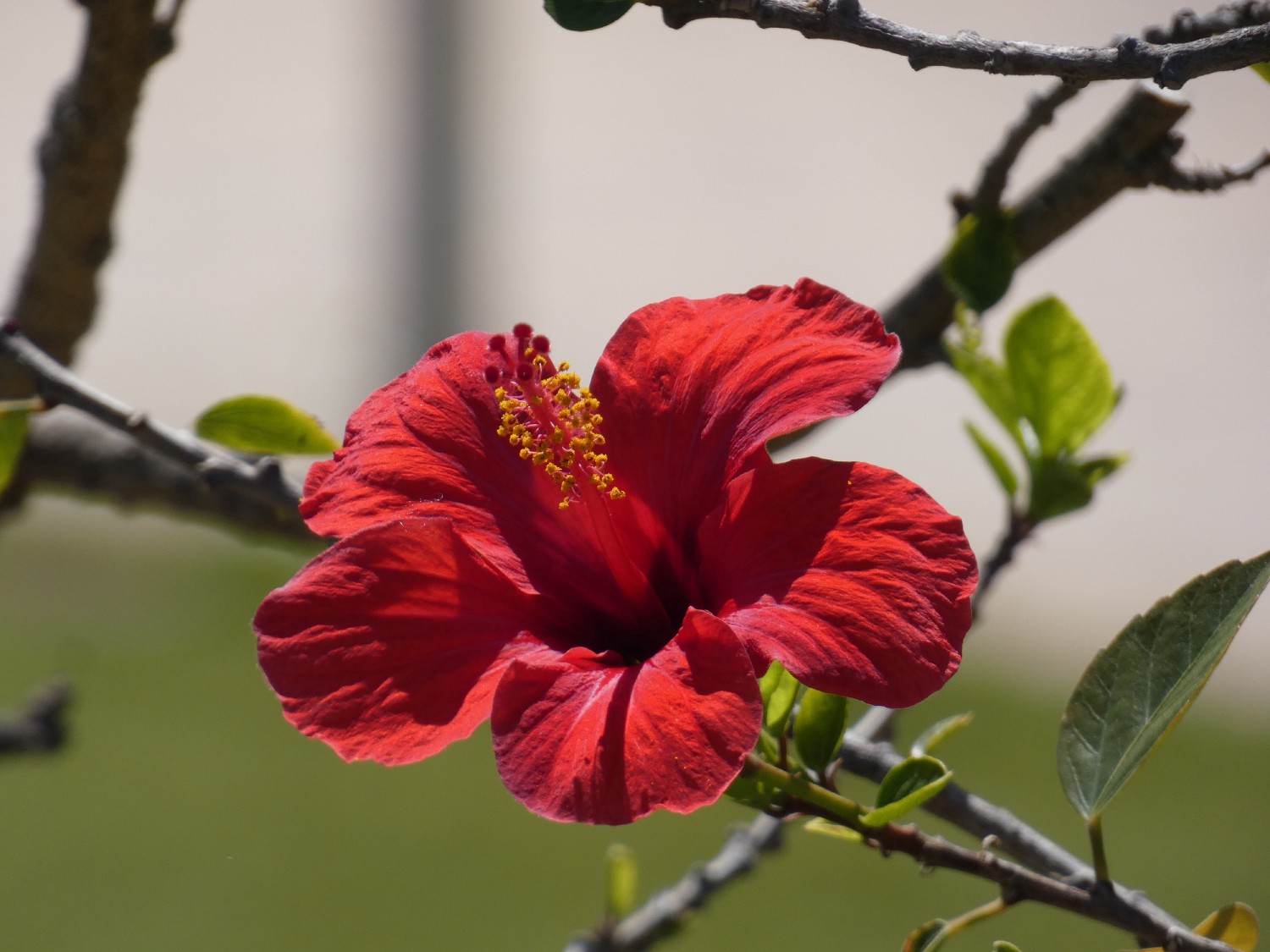Before you go any further...
I've read and accept the Terms of Use and the Privacy Policy.
I accept to receive newsletter and other communications associated with firms of The Explorers Network group'
I accept to receive commercial offers of The Explorers Network partners'.
Thanks!
Vote everyday for your favorite content
SENSITIVE CONTENT
This media contains sensitive content which some people may find disturbing or offensive.
You must be 15 years of age or older to view sensitive content.
Log inBirthday
Content being validated
THE EXPLORERS +
Watch our premium movies
The Explorers + is our premium movie catalog in Ultra High Definition (HD/4K/8K)! Hundreds of videos already available and daily new content on all your devices (web, mobile, tablets, smart TV).
Post content (photo or video) and get 1-month free
OR
Subscribe and support The Explorers Foundation's field actions for biodiversity.

Content being validated
Rosa de China o Hibiscus rosa-sinensis
5
0
Hibiscus rosa-sinensis, llamado comúnmente rosa de China, cayena, amapola, hibisco, entre otros nombres, es un arbusto caducifolio de la família de las malváceas, originario de Asia oriental.
Las flores son grandes, con cinco pétalos -en las variedades sencillas- de 6 a 12 cm de largo. Los estambres se disponen en forma columnar sobresaliendo de la corola. Existen numerosos cultivares, variedades e híbridos, con una amplia gama de colores desde el blanco puro, amarillo, naranja, rojo, escarlata y tintes rosados, con flores simples o dobles (es decir, con el doble de pétalos).
Las flores se consumen crudas o cocinadas, también se usan como colorante dando un toque púrpura a los platos. La raíz también es comestible, aunque de poco sabor, muy fibrosa y de textura mucilaginosa.
Related content

Médias en cours d’exploration

